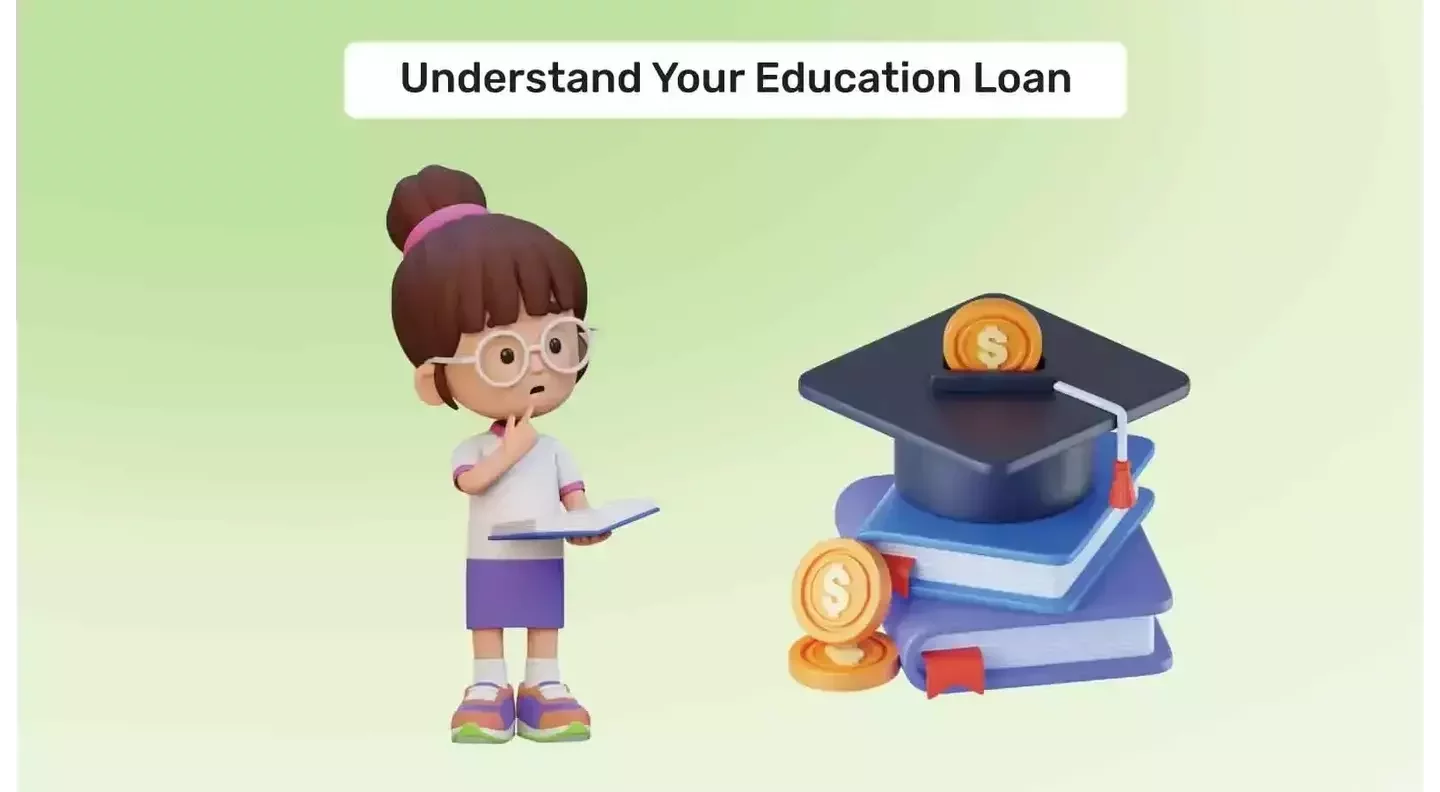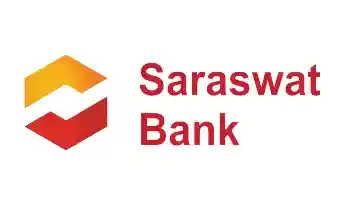Get instant loan offer suitable to your profile !


On this Page:
Education loans help many students; however, knowing the nitty gritty of it helps the person in many dimensions.
Your education affects your future prospects, and the rising costs add substantial financial barriers. In this chaos, education loans are seen as a bridge to overcome the funding barrier. Even though banks are providing significant help to the students, knowing the terms and conditions is a necessity. Understanding these intricacies of student loans is an effective way to manage your long-term finances that might get affected when you start the loan repayment.

An education loan is a financial assistance for students provided by lenders under the priority sector to help them afford higher education-related expenses, including tuition fees, accommodation, books, and other living expenses. Education loans ensure that financial constraints don't hinder deserving students from pursuing their academic goals. In India, the co-applicant is mandatory, who is usually your parents or blood relatives. They take responsibility for the repayment of the education loan along with the applicant, and their income matters the most in the unsecured education loan.

You are also stuck on the question, “How does education loan works?” This question gets half answered when you understand the types of loan options available for students in India, whether you want to study in India or abroad.
The secured education loan is a type of education loan where a person pledges an asset as security against the education loan. In this loan, the applicant gets the education loan at the lowest interest rate.
In an unsecured education loan, you don’t have to pledge an asset instead, you need a co-applicant who takes responsibility with you for the education loan. Their income, credit scores play a major role in the loan amount.

Well, you know that an education loan is financial assistance, but they do involve standard procedures and terms:
To get an education loan, you can't just visit the lender and get the funds. You are required to follow the procedure, and the first step is applying for the loans to arrange the required documents such as proof of admission, fee structure, academic records, income proofs, and identity verification.
Once you have applied, you will receive approval from the lender. You have to acknowledge the terms and conditions, and funds are disbursed to the educational institution in installments based on the semester fee schedule provided by the institution.
Education loans can have fixed or floating interest rates. The interest rates can vary based on the type of institution, course pursued, and the applicant's credit score.
Education loans offer flexible repayment options, which include a moratorium period (course duration plus 6-12 months). The repayment during the moratorium can be customized by the applicant. This helps students manage their education loan without burdening the co-applicant.
You need an education loan and have to ensure that the lender you are approaching is offering the terms that serve you the best. So, let's understand the process you should follow to get the best deal.








Education loans can ease a significant burden, yet they come with their own set of pros and cons. Below is the table that will help you understand the features of education loans for both in India and abroad.
| Aspect | Advantages | Disadvantages |
|---|---|---|
|
Financial Burden |
Enables higher education without upfront financial strain |
Accumulated interest increases the overall repayment burden |
|
Repayment Flexibility |
The moratorium period allows for focus on studies initially |
Loan repayment stress post-moratorium |
|
Tax Benefits |
Tax exemption under Section 80E for interest paid (India) |
No significant international tax benefits |
|
Educational Expenses Covered |
Covers tuition, accommodation, books, travel, etc. |
Limits on maximum loan amounts could constrain some expenses |
|
Career Opportunities |
Access to reputed institutions globally, enhancing employment prospects |
Risks if job prospects post-study are uncertain |
|
Eligibility and Documentation |
Structured lending with clear criteria |
Stringent eligibility criteria and mandatory co-applicant in India |
|
Credit Impact |
Building a credit score if repayments are timely |
Negative impact on credit score if repayments are missed |

An education loan is a beneficial financial tool when used correctly; however, even minor missteps can impact your long-term finances. Thankfully, solutions exist to mitigate these challenges. Tools like the GyanDhan EMI Calculator and Future Earning Potential estimates help you plan and manage your loan repayment strategies.
If you require assistance or guidance with education loans for abroad studies, consider using the GyanDhan Loan Eligibility Checker. By checking your eligibility, you can take advantage of a personal Education Loan Counselor, simplifying your journey towards securing a brighter academic and professional future.
Read More:





Yes, a co-applicant is necessary for most education loans in India. Their income and creditworthiness help determine loan eligibility.
Yes, many banks and NBFCs offer unsecured education loans (without collateral), but usually at higher interest rates.
The moratorium period is the time during which the borrower is not required to make any EMI payments. It typically lasts until the completion of the course plus an additional 6–12 months.
Yes, under Section 80E of the Income Tax Act in India, you can claim a deduction on the interest paid on education loans for up to 8 years.
Failing to repay on time can negatively impact your credit score and may lead to legal action or penalty charges by the lender.
Check Your Education Loan Eligibility

Ask from a community of 10K+ peers, alumni and experts
Trending Blogs
Similar Blogs

Network with a community of curious students, just like you
Join our community to make connections, find answers and future roommates.. Join our CommunityCountry-Wise Loans
Best Lenders for Education Loan

ICICI Bank

Axis Bank

Union Bank

Prodigy

Auxilo

Credila

IDFC

InCred

MPower

Avanse

SBI

BOB

Poonawalla

Saraswat